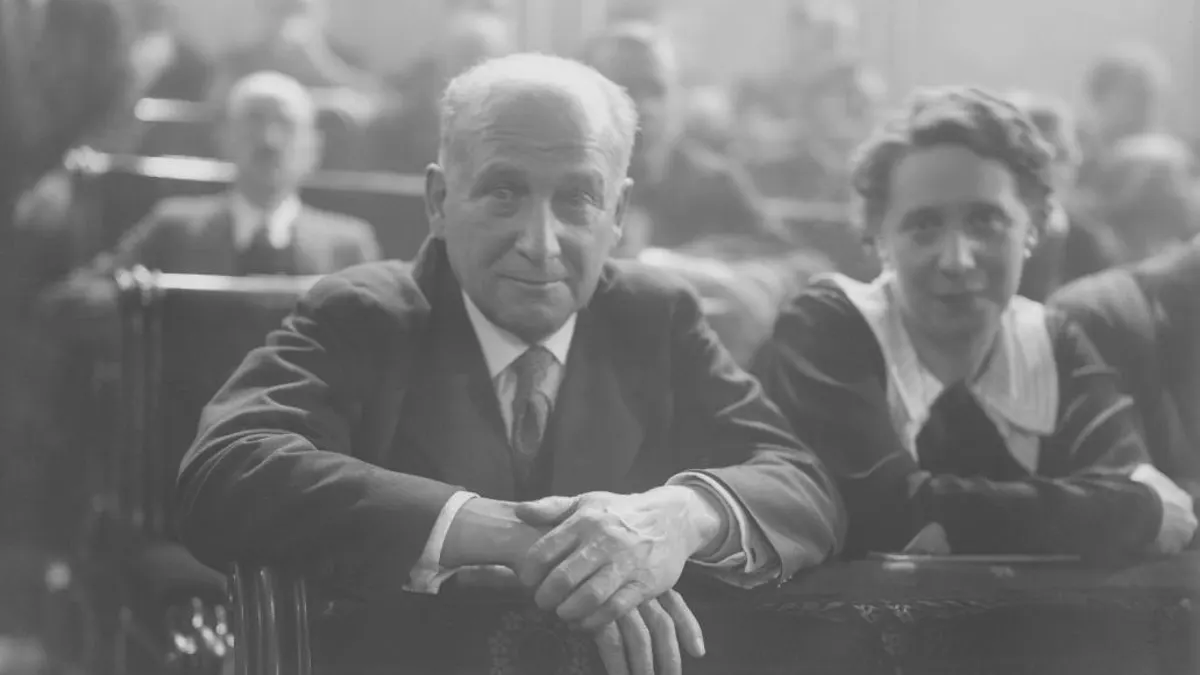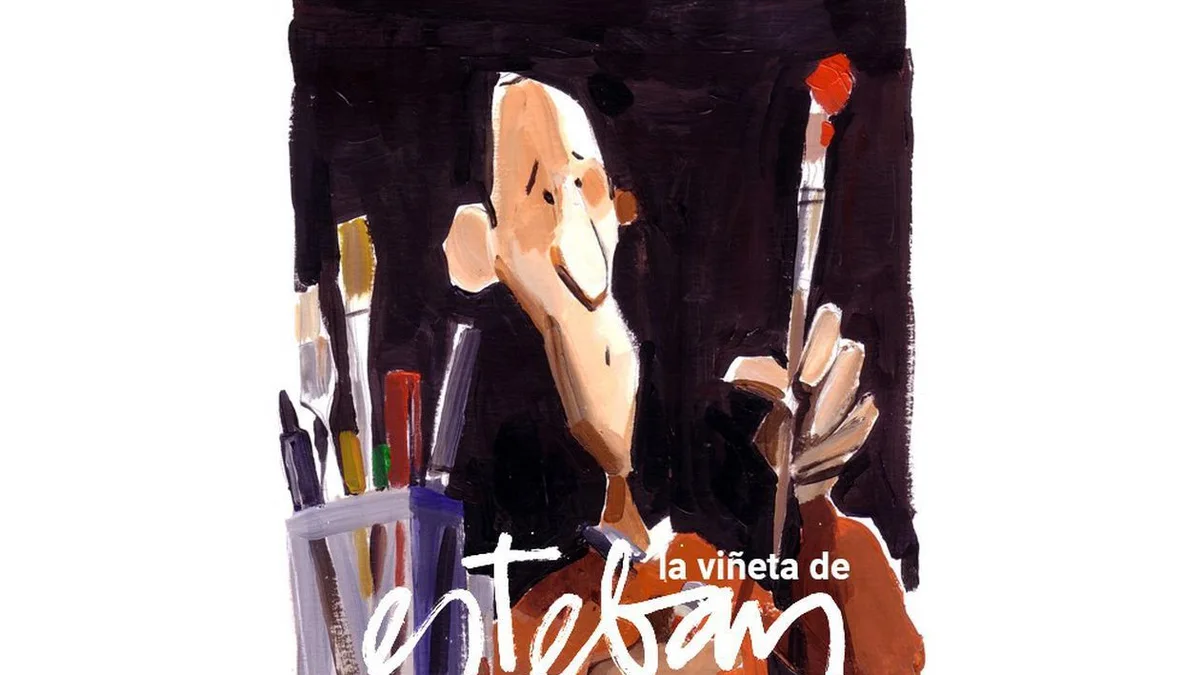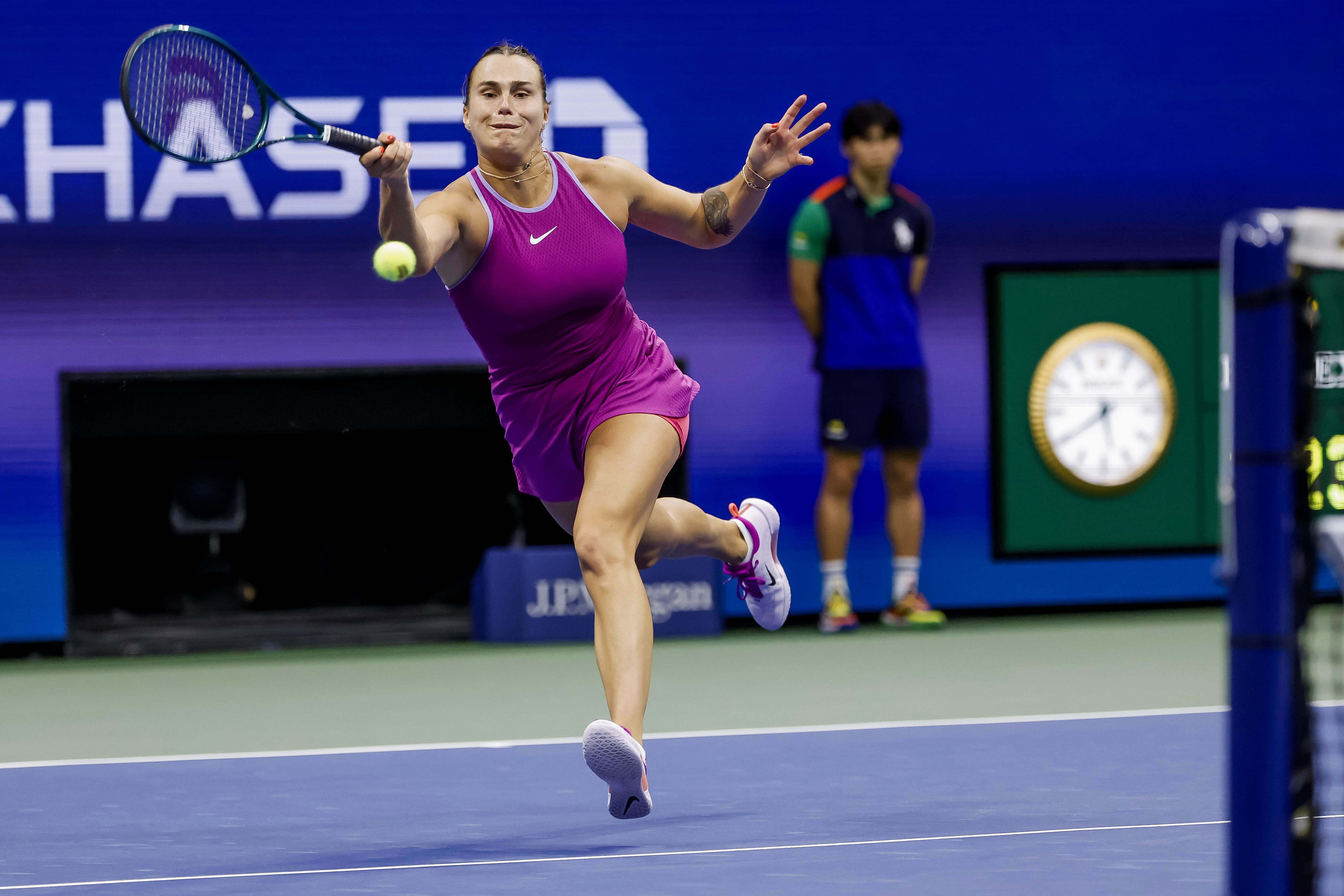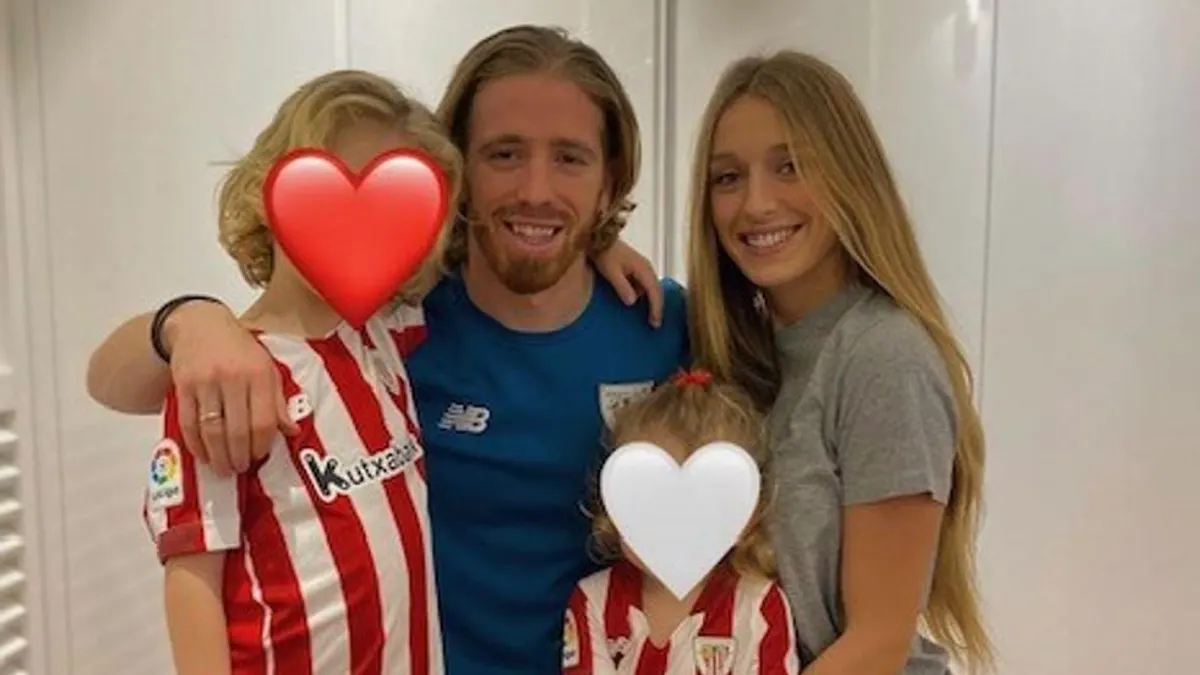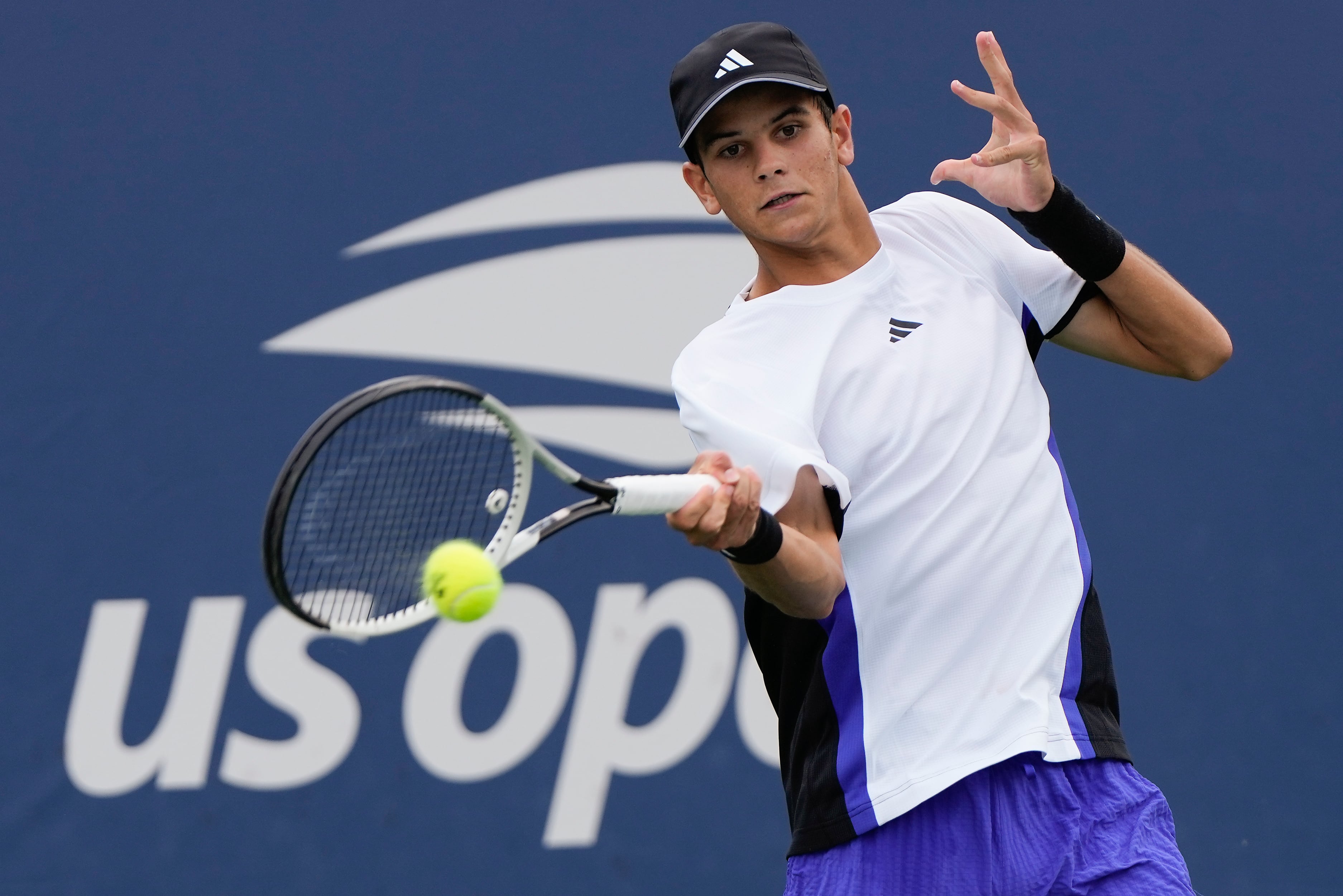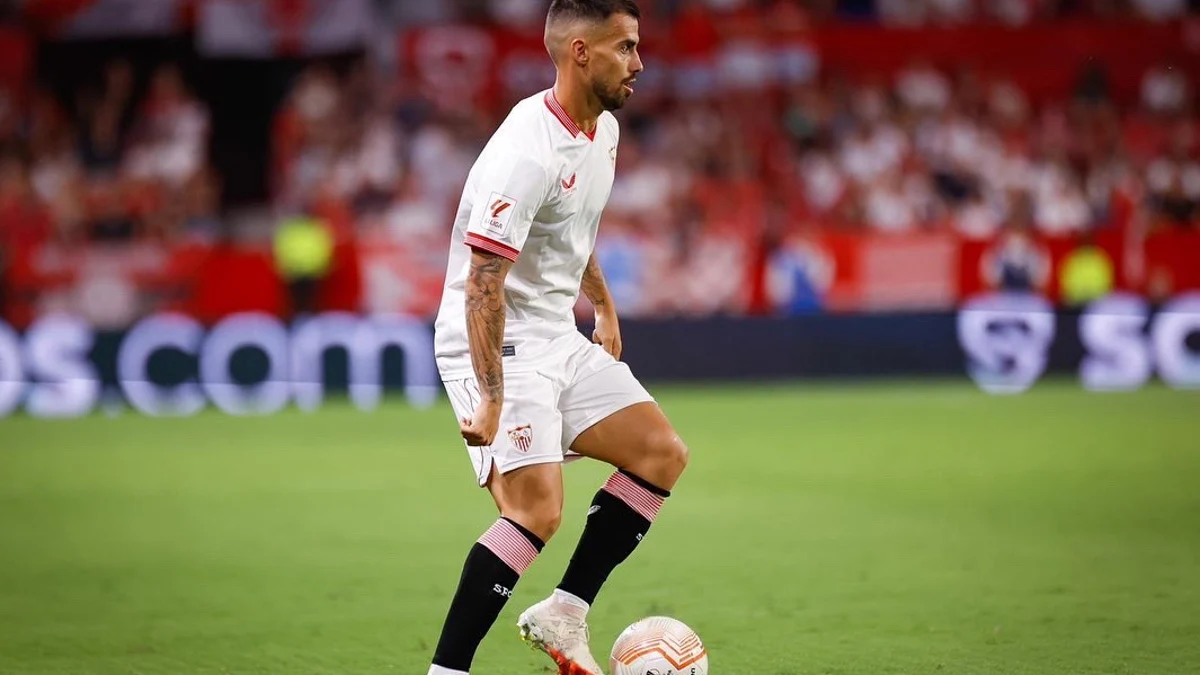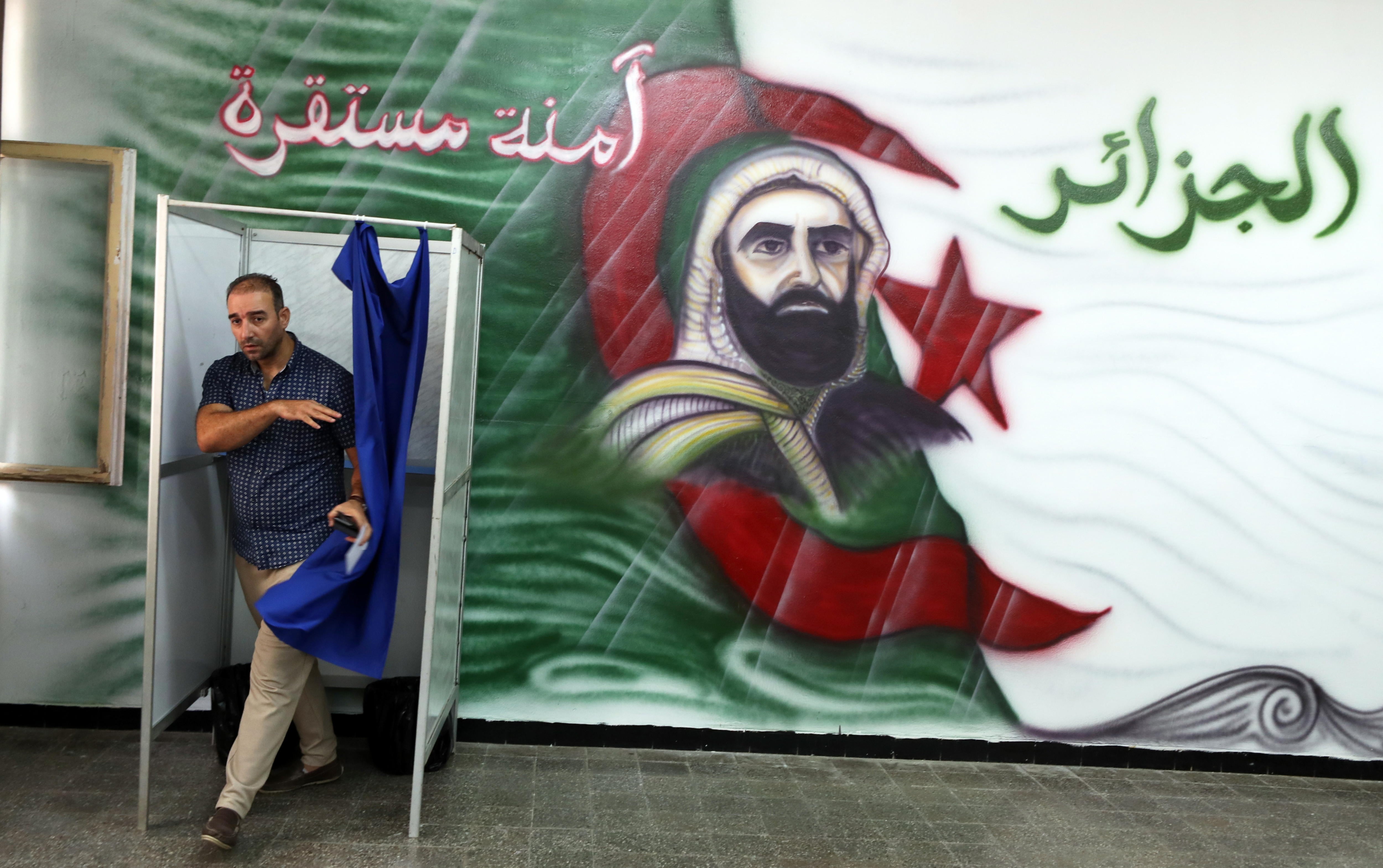photo: Matthew Ream
***
Keyboardist Adam MacDougall digs into the group’s current era with guitarist John Lee Shannon and their new Mikaela Davis collaboration, After Sunrise.
Similar Languages
We played our first show with Mikaela Davis two years ago. It also happened to be our guitarist John Lee Shannon’s first show with us in New York. She opened, and it was a cool fit. Then we did a couple of tours with her band and she played on “Language,” [the title track of Circles Around The Sun’s 2023 album.] It was John’s idea to do a little EP, After Sunrise, with her. We went into the studio and wrote a couple of things together and then booked another little tour. We each did a set and then we had her up for three or four songs. In our world, that’s a lot because we only play eight songs a night. Her band would trickle up onstage and, by the end of the set, her entire band was out there.
For After Sunrise, I had some ideas knocking around in my head, but we went into the studio without much pre-production and wrote a lot of the parts on the spot really fast. We also did Sérgio Mendes’ “After Sunrise,” which, of course, was already written for us. But, between Mikaela’s schedule and our schedule, we only had two days in the studio so we didn’t do many overdubs. We had already done a similar thing with Joe Russo [on 2019’s Meets Joe Russo]. We were tight with Russo because [Circles founder Neal Casal and I] played with him and Phil Lesh at Terrapin Crossroads. Joe Russo’s Almost Dead was still this fledgling, band-in-a-van-type-thing back then— Neal, Chris Robinson and I were spending a lot of time with Russo during that time period. So we just did two days in a Brooklyn studio for that one— Russo really led it. We were getting a bit precious about the music, overthinking everything, and he said, “Just go play, just make noise.” And we did.
“Let’s See If Neal Was Right”
Neal knew John before I did. He was using John as a guitar player on some records he was producing, where he was sitting behind the desk and not playing, and they had a bromance. After Neal’s passing [in 2019], he had mentioned in his [suicide] note he would want the music to continue and suggested that we do it with John. At the time, there was a lot of anger involved in that situation. We were very shocked and still in the phase of grief where we were like, “No, you can’t just kill yourself and then tell us to go play with somebody else.”
We had Eric Krasno do it for a bit, and that was great, but he’s a very busy man, and it was hard to keep that going. We also had Scott Metzger out with us and he was fantastic, but that was a little difficult with his schedule because Joe Russo’s Almost Dead had all the good weekends booked. [Laughs.]
About a year later, we all calmed down and said, “Let’s see if Neal was right.” We played with John, and it was great. He has this Nile Rodgers thing in him—that rhythm-guitar playing thing, which is pretty specific. A lot of guitar players like to do the lead stuff—they are not thinking about getting those grooves together and being able to stick to a pattern and just hold it. And that’s a lot of what John has brought—that late- ‘70s rhythm-guitar playing that was very popular in the Studio 54 era.
Something More
Before he passed, which was right before the pandemic, Neal and I were both busy with Chris Robinson Brotherhood. We didn’t really have much time to do Circles Around The Sun. It was a niche project in the beginning. We were only playing a handful of shows a year but, eventually, we wanted to try and see if this band could be something more than this thing we did here and there whenever we had the time. We’ve been trying to balance it so that we play more, though it’s a different landscape out there since the pandemic with the price of diesel. This last tour we did with Mikaela was one of the longest tours we’ve done in a while. The logistics have become a little more difficult these days—not to complain, but we’re older than a lot of bands out there. Buses are harder to find now so touring in the plush manner we were able to pull off before the pandemic is not as possible anymore. Things are a little rougher—throw a whole bunch of 40-something-year-old musicians in a van together for a month straight and it will be disastrous. But we’re trying to get out there and do it as much as we can.
Origin Stories
Justin Kreutzmann was doing all of the visuals for Fare Thee Well, and he had a bunch of old footage that most people hadn’t seen of Jerry scuba diving and all this other archival Super 8 film of those guys. Neal helped score a movie Justin did about Bob Weir, so he was his first call to work on music for the set breaks. The concept was to create enough original instrumental music to cover five shows—about six hours of music. Neal called me and Dan Horne, and I called Mark Levy, who I knew, and we hit the studio and cranked out as much Dead-type music as we could in two days. We took the attitude of the Dead and made some original music from there. We just jammed—we copped a feel and went from there. We didn’t even listen back to the stuff because we didn’t have time to—some of those tunes are 15-20 minutes long. If we had actually done what most bands do, and listened back to what we had recorded to make sure it was good, then we wouldn’t have had time to finish the thing.
The first time we heard the music was when we were at Levi’s Stadium in Northern California for the first two Fare Thee Well shows before they went to Chicago. Neal and I were sitting in the audience, and they were cranking the tunes— I remember Neal and I looking at each other and going, “This is not what we expected.” We thought it was gonna be something you couldn’t really hear, that was just in the background while people were perusing the merch stands, pouring their drinks, packing their bongs and getting ready for the show. We actually thought it was too loud.
People were trying to figure out what this music was and they had all these guesses, which was fun. They were sure it was a lost Jerry tape or Jerry with some people he only played with once. So then we decided that we could probably run with this a little bit.
Neal knew Dan because they were both LA guys—I knew him a little bit too but not as well—and I had known Mark from a session we did a few years earlier. I was playing in The Black Crowes at the time; they went on hiatus for two years, the Chris Robinson Brotherhood started up and then we went back to Crowes. We did a run of shows in Denver, where the Crowes were just camped out there for a week or so. I was antsy, and Mark was playing in The Congress, who had done some festivals and stuff with CRB. So I called him and we got together to jam in the studio with a guitarist and did this proto-CATS thing.
Cut From the Same Cloth
Neal and I met when CRB started. Chris and I had been talking about doing that band for a while, just on tour with the Crowes. He wanted to have something that was more geared toward dancing and that was a little funkier—less gospel, no organ, more Herbie Hancock/ Head Hunters electro-funk fusion and more Leon Russell-y stuff. At first, we didn’t have a band—it was Chris and I in the back of the tour bus planning this thing. Then he said, “We’re gonna put the Crowes on hold for two years, and we’re gonna start a band.” He booked some gigs and recording time in a really novel way, without having a band or any songs. So we had two weeks from when we first got in a rehearsal room to play with people to when we had to go out and start doing these little tours around California that he had already booked. And we had nothing. Neal was one of the guitar players that was put in the hat. We played with Jonathan Wilson, another guy around here who has done quite well, but he was too busy—as he should be. It’s a lot to be asked to join a band that has no guarantee of doing anything, and the timing was just a bit off with Wilson. But the next guy in line was Neal. I didn’t know who he was but, when he showed up, Chris was like, “This is gonna be our guy. We don’t have time to mess around.”
Neal and I had to figure each other out. It took a few months of sharing what music we liked, but we became fast friends and, after poking each other for a little bit, he and I became inseparable for the next eight or nine years. I’ve only met a handful of musicians where we can finish each other’s sentences. We were cut from the same cloth: Neal and I are both East Coast kids—he’s from Jersey and I’m from New York— living in California and there’s a certain East Coast cynicism that runs deep in that world that California just doesn’t get. We connected heavily on that feeling, that vibe. We comforted each other when we would miss East Coast-y things or the weird weather that you just don’t get out in California. We weren’t too far apart in age, we had sort of played all the same scenes in New York as kids and we just had a very similar story—except he was from Jersey so I could always one-up him.
He became my best friend, and that was why Circles Around The Sun was so easy initially. We never had to rehearse or even think about what we were doing because Neal and I already had such a vocabulary from playing with Chris for so long. We could fit into each other’s playing without having to change anything about what we did. We were doing that every night, and CRB played a lot—two sets, eight or nine months a year. Neal and I were doing dinners every night together as well—we were just always together.
Wiping the Hard Drive
Early on, Circles Around The Sun really leaned on the fact that Neal and I just had an infinite vocabulary that we could dip into at any time. So after Neal, there’s no way I wanted to even try to do what we were doing with him with anybody else. It really required a clean slate, wiping of the hard drive. As I said, we are more of a rhythm-based project than a melody-based project now.
The writing process initially was a lot of jamming, either at soundchecks or in the room. Pre-pandemic, the process seemed a little easier—we would get into a rehearsal room for a few days before a tour and just jam. We’d record those jams, and they would end up becoming songs that Neal and I would sort of go through and mess around with. We also had a few other concepts that we worked up from our live shows. There would be times during a show where we would hit a section that had never been played before—that we had made up on the spot. Everything would fall into place and we would be in this new section. We’d record the shows, and then we would say, “That night, we did something really cool in the middle of this song that was never done before. That could be a new song.”
Neal passed during the recording of our self-titled third record. We left the studio to go play LOCKN’ that summer, came back and he was gone. He hadn’t finished his parts for the record. In his letter, he mentioned getting John to finish the record, but I thought, “I’m not having anybody else play on his last recording.” Neal had already recorded some good solos and we had completed some rhythm stuff, some sketches of how he was gonna play the songs. So I ended up doing a lot of work on that. Dan and I did a whole month of post-production, trying to fill up the record with keyboards so there wasn’t another guitar that confused people. And that actually changed our sound. That record cemented the band’s new sound, even though it was still Neal on it. We had to do so much filling of space with keyboards— it became a keyboard tapestry. And because of that, when we went into the studio do our follow-up record, Language, there was more of a blueprint of how to do it. John brought in a riff that we turned into the song “Language.” But most of this last record started with a lot of pieces that I had been working on by myself and then I brought those ideas to the band to flesh out.
The First and Last Time
We are touring with Grateful Shred this year for the first and last time. That’s a joke because it’s low-hanging fruit. When it was proposed to us as an idea, we all thought it was a great idea but a little below the belt because you have a band playing music inspired by the Dead and a band playing the Dead’s music. And all of us besides Mark also play in Grateful Shred, so the tour is basically Grateful Shred plus our drummer.
Shred is more of Dan’s thing and the lineup changes, but John and I play in it. It is going to be fun—I love the people and they do cool versions of Dead tunes. They’re not trying to be such sticklers and do things exactly like the Dead. It’s not a tribute band. It’s more like a modern twist on the Dead.
The post The Core: Circles Around The Sun appeared first on Relix Media.




